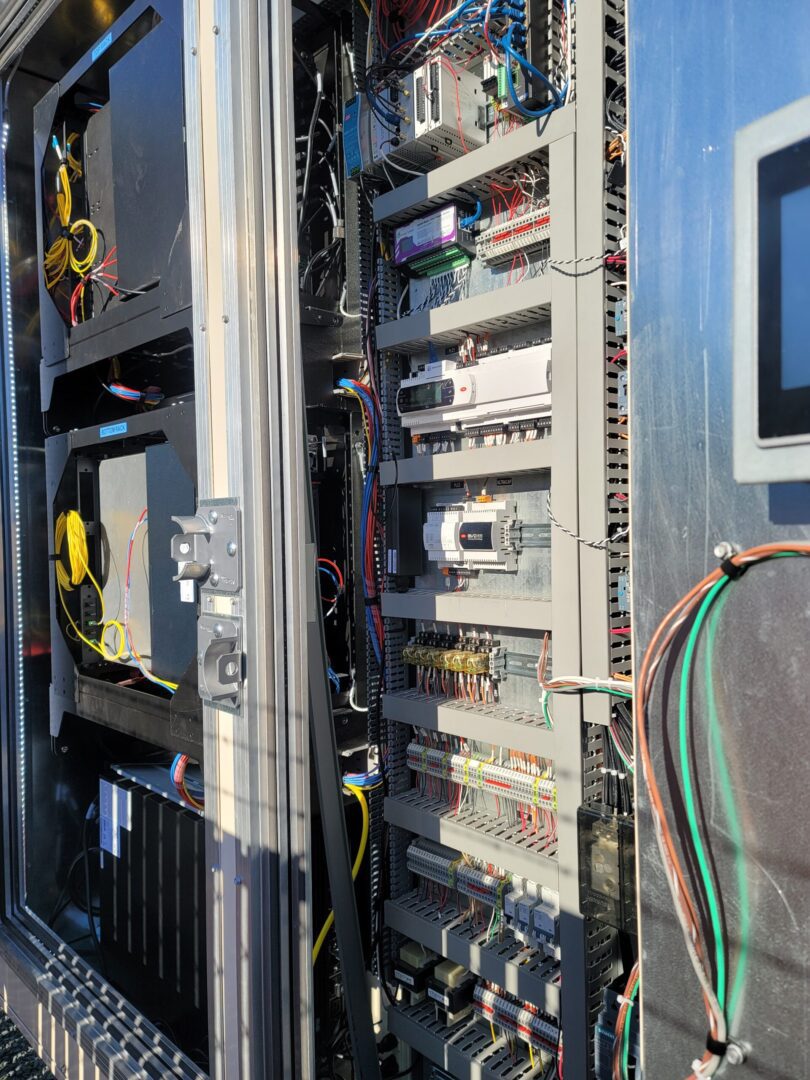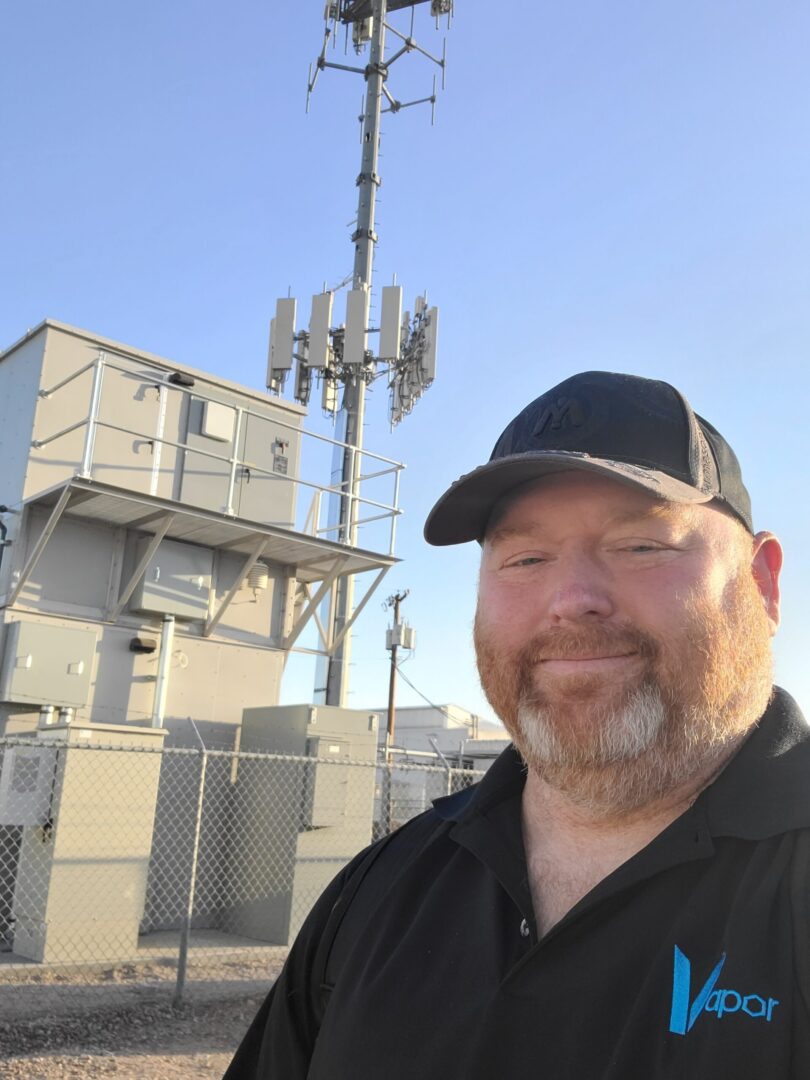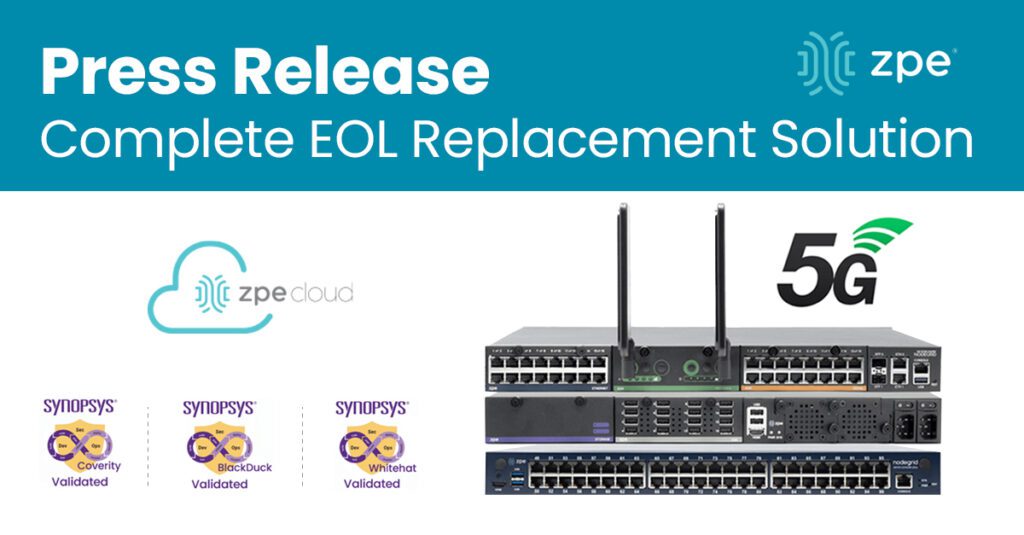Vapor IO: Re-architecting the Internet

Automating edge deployments & lights-out management for Vapor® IO
Vapor IO provides autonomous network and data center infrastructure at the network edge. Their goal is to re-architect the traditional Internet into a distributed, ubiquitous, edge-to-edge web that serves end users with SLA-backed routing, up to twelve-nines reliability, 100-microsecond latency, and terabits-per-second bandwidth.
With 36 (and counting) major U.S. markets, and their recent expansion into Barcelona, Spain, Vapor IO needs to run operations as lean as possible. However, as they continued to scale, the complexity of their own management infrastructure stood in the way of achieving this goal.
See why they required eight hours of setup time at each site, and discover which Nodegrid technologies helped significantly streamline not only new installations, but operations and overhead as well. Download the case study for full details.

Download the full case study
Problems and Gaps
Vapor IO’s ultimate goal for operations is to deploy lights-out data centers all over the world and minimize the number of staff required to maintain these sites. Crucial to this goal is having the ability to collect billions of data points at each location, which allows teams to monitor and control physical and virtual devices. But their existing management infrastructure was complex and outdated, and consisted of:
- Cellular modem with third-party
- Subscription out-of-band router
- Out-of-band switch
- Out-of-band serial console
- Out-of-band laptop/compute node

One of the company’s core values is to further business goals by making constructive changes and avoiding unnecessary complexity. This management infrastructure only added complexity and would require additional staff to maintain it. To solve this, Vapor IO would have to be proactive in closing several significant gaps:
- Each edge data center required at least five separate management devices that were not integrated together. Deployments required a skilled technician to be on site for an entire workday. This time sink would multiply in direct correlation to the total number of new sites to deploy.
- The ability to lease rackspace directly translates to revenue. But each site required Vapor IO to use at least 5RU for its own devices. As demand increased, this dead space would translate to millions in lost revenue, on top of additional power and cooling costs.
- Having disparate solutions not only increased the total points of failure, but also meant more devices to manage. This increased the likelihood of failures/outages that would require truck rolls, and also increased the ongoing operational workload required to keep many management devices running.
- A multi-vendor environment meant added overhead and rigidity that complicated procurement, project planning, and development of new designs. This made it difficult to adapt to different use cases and customer requirements.
Solution
Vapor IO deployed the modular Nodegrid Net SR. This appliance provided the capabilities they needed to automate deployments and support lights-out management. The LTE module allows staff to remotely connect to sites and bring resources online, while the SFP module allows each site to connect to their nationwide fiber backbone.

“Nodegrid keeps our costs down and extends everyone’s capabilities. The automation lets our support teams do specialized jobs, so our engineers can devote more time to delivering customer value.” — Frank Basso, EVP of Operations, Vapor IO




